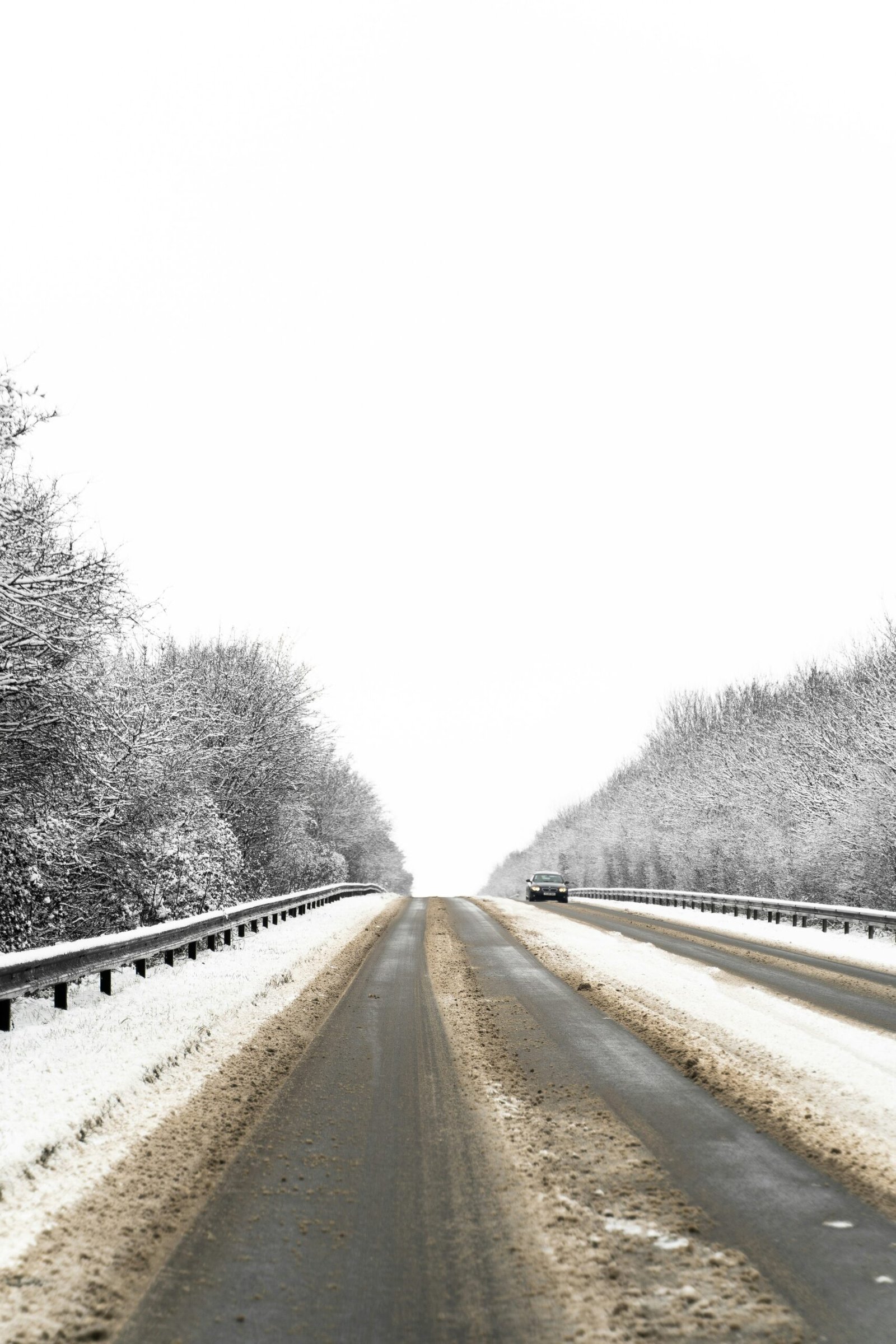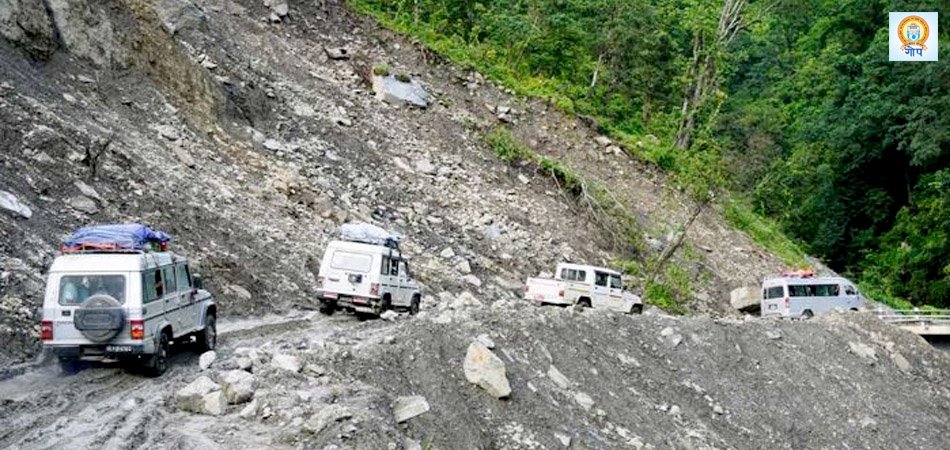
Introduction to Nepal’s Road Safety Issues
Road accidents in Nepal have become a pressing concern, with statistics indicating a troubling trend in fatalities and injuries over the past several years. According to reports from the Department of Transport Management (DoTM), road accidents in Nepal have seen an alarming increase, with thousands of incidents recorded annually. For instance, recent records show that in 2022 alone, over 15,000 road accidents resulted in more than 2,000 fatalities and around 10,000 injuries. These numbers not only highlight the severity of the issue but also the urgent need for reforms in the country’s transportation infrastructure.The primary factors contributing to these accidents include substandard road conditions, which are prevalent throughout the nation. Many roads lack proper maintenance, leading to potholes, inadequate signage, and insufficient lighting, all of which pose significant risks to motorists and pedestrians alike. Additionally, the types of vehicles in operation often do not meet safety standards, contributing to the overall high accident rate. With older vehicles dominating the roads, the likelihood of mechanical failures exacerbates the situation.Driver behavior is another critical factor in the high incidence of road accidents in Nepal. Reckless driving, a disregard for traffic rules, and driving under the influence of alcohol are rampant issues that plague the roadways. Education and awareness campaigns have been initiated, but their effectiveness in changing driver habits remains limited.The socio-economic implications of road accidents are profound. Victims of these accidents often face significant medical expenses, loss of income, and long-term disabilities. Communities bear the brunt of these incidents, as families struggle to cope with the loss of breadwinners and the economic strain that follows. Thus, addressing the factors contributing to road accidents in Nepal is not only a matter of public safety but also essential for the overall well-being of its society.
Nepal, a country known for its breathtaking landscapes and rich cultural heritage, faces a significant challenge in the form of road safety. The frequency of road accidents in Nepal has become a pressing concern, highlighting the adverse effects of poor road conditions, widespread corruption, and ineffective political measures.
Infrastructure Challenges and Their Role in Accidents

The state of road infrastructure in Nepal significantly contributes to the occurrence of road accidents. Many roadways are poorly constructed, leading to hazardous driving conditions. The condition of roads varies greatly, with some being unpaved or inadequately maintained. Potholes, uneven surfaces, and inadequate drainage systems make for treacherous driving situations, especially during the monsoon season when flooding further deteriorates road conditions. Such hazards not only increase the risk of accidents but also deter safe driving practices.Additionally, the absence of proper signage is a pressing issue. Many roads lack essential traffic signs that provide critical information to drivers, such as speed limits, road conditions, and cautionary notifications for hazards. This absence can result in confusion and misinterpretation of the driving environment, further escalating the likelihood of collisions. In its absence, road users are often left to navigate based on intuition, which can lead to misjudgments and accidents. Moreover, the lack of effective traffic management systems contributes significantly to the risk factors associated with road safety.Geographic and environmental elements also exacerbate the infrastructure challenges faced in Nepal. The country’s rugged terrain poses unique difficulties in road construction and maintenance. The mountainous regions often present steep inclines and sharp curves, which require careful engineering to ensure safety. However, inadequate investment in infrastructure development has led to the continued prevalence of these hazardous road situations. Furthermore, issues of corruption impede the progress of necessary road improvements, as funds often allocated for infrastructure projects may not reach their intended destinations. Real-world examples abound, where poorly designed roads have led to tragic accidents, highlighting the urgent need for a concerted effort to address these infrastructural shortcomings.
Corruption and Its Consequences and Its Effects on Road Safety

Corruption plays a significant role in exacerbating Nepal’s road safety issues. Funds allocated for road construction and maintenance are frequently misappropriated, leading to substandard work and incomplete projects. This misuse of resources not only hampers the development of robust infrastructure but also puts lives at risk. The lack of accountability and transparency within governing bodies perpetuates a cycle of negligence and inefficiency.
Corruption within government and transport authorities poses significant challenges to road safety in Nepal. The pervasive nature of bribery and favoritism has permeated many sectors related to infrastructure development, impacting the implementation of safety standards and regulatory frameworks. When road construction contracts are awarded through nepotism rather than merit, the result is often substandard infrastructure that jeopardizes the lives of users. Consequently, the lack of transparency and accountability fosters an environment where safety regulations are overlooked, compromising the quality of roads and transport facilities.The repercussions of such corruption are starkly evident in various case studies across the nation. For instance, the construction of a major highway was marred by irregularities in the bidding process, where a contractor with political connections secured the contract despite a lack of experience. This led to poor road design and inadequate safety measures, ultimately contributing to a surge in accidents along that route. Similarly, local government officials often accept bribes to ignore regulatory violations, thus allowing subpar road conditions to persist without intervention. The absence of rigorous oversight exacerbates the problem, resulting in a cycle of negligence that leads to a higher incidence of traffic fatalities and injuries.Moreover, the erosion of public trust in authorities due to these corrupt practices diminishes the likelihood of community engagement in road safety initiatives. Citizens become less inclined to report hazardous conditions or advocate for improvements when they perceive their concerns as falling on deaf ears, further isolating issues that could otherwise be addressed. The impact of corruption extends beyond monetary losses; it manifests in the loss of lives and the persistence of dangerous road conditions, highlighting the urgent need for reform to restore integrity in infrastructure management.
Political Challenge Responsibility and the Need for Reform

The political landscape in Nepal further complicates the situation. Political instability and frequent changes in government hinder the implementation of long-term road safety measures. Policies are often short-sighted and fail to address the root causes of the problem. Moreover, political interference in administrative processes can delay necessary reforms and improvements, leaving the public to bear the brunt of unsafe road conditions.
The interplay between politics and road safety in Nepal has profound implications for the nation’s infrastructure development and regulatory frameworks. Political will is a critical factor that determines the prioritization of road safety measures; when leaders commit to enhancing infrastructure, the benefits can be substantial. However, a lack of political accountability often leads to inadequate attention to road safety concerns, resulting in persistent issues such as poorly maintained roads and insufficient enforcement of traffic regulations. This situation is exacerbated by corruption, which diverts necessary resources from infrastructure projects and undermines effective governance.Effective policy-making in Nepal requires a comprehensive approach that integrates road safety into national and local agendas. Policymakers must engage in transparent dialogue with stakeholders, including citizens and civil society organizations, to identify pressing safety issues and propose actionable reforms. By fostering an environment of public awareness, the government can cultivate a culture that values safe driving practices and responsible infrastructure management. Citizen engagement is essential, as informed communities can exert pressure on local leaders to advocate for improvements in road safety.To navigate the challenges posed by political dynamics, tangible steps must be pursued. Governments should establish robust mechanisms to ensure the transparency of fund allocations for road safety projects, thereby combatting corruption. Collaboration with non-governmental organizations (NGOs) is vital; these entities can deliver educational campaigns that highlight safe road usage and advocate for legal reforms. Furthermore, local governments can benefit from community-driven initiatives that prioritize road safety in municipal planning.In conclusion, addressing the intricate relationship between politics and road safety in Nepal necessitates a concerted effort from all sectors. Political leaders must embrace their responsibility in promoting infrastructural improvements, while citizens and NGOs must actively participate in driving the necessary reforms. By working collaboratively, the various stakeholders can foster a safer environment for all road users in Nepal.
Conclusion
Addressing the issue of road accidents in Nepal requires a multifaceted approach. Improving road conditions, combating corruption, and fostering stable political environments are crucial steps toward enhancing road safety. By prioritizing these aspects, Nepal can work towards ensuring safer journeys for its citizens and reducing the tragic toll of road accidents.







Leave a Reply